Installation
Landsklim is installed in two steps :
- Installation of Python dependencies
Landsklim is based on several existing software bricks
- Install the QGIS Landsklim plugin
1. Installation of Python dependencies
QGIS is partly based on Python, and Landsklim too. Landsklim use four Python package that must be installed in the Python environment to work.
Depending on the version of Python on your QGIS environment, the version of the dependencies may vary.
For information, these versions were used during development (but Landsklim can certainly work with other versions of these dependencies, for exemple if they are already installed in your QGIS environment) :
| Package |
Python 3.7 |
Python 3.7 < Python 3.12 |
Python 3.12 |
| pandas |
1.1.3 |
2.0.3 |
2.2.2 |
| scikit-learn |
0.19.2 |
1.2.2 |
1.5.2 |
| pykrige |
1.7.0 |
1.7.1 |
1.7.2 |
| netCDF4 |
1.5.8 |
1.6.5 |
1.7.2 |
There dependencies must be installed on the Python environment used by QGIS.
- Windows
On Windows, simply open an OSGeo4W terminal.
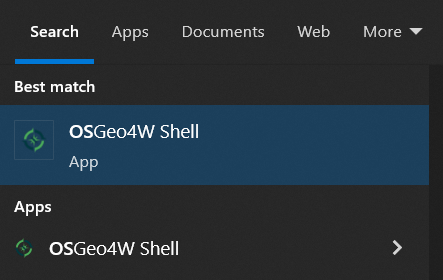
A dependency can be installed with the following instruction :
python -m pip install --user *DEPENDENCY*
or by specifying the dependency version :
python -m pip install --user *DEPENDENCY*==*VERSION*
The commands to install Landsklim dependencies :
python -m pip install --user pandas
python -m pip install --user scikit-learn
python -m pip install --user pykrige
python -m pip install –-user netCDF4
or by specifying the versions :
python -m pip install --user pandas==2.0.3
python -m pip install --user scikit-learn==1.2.2
python -m pip install --user pykrige==1.7.1
python -m pip install –-user netCDF4==1.6.5
- Linux
Simply open a terminal on Linux (OSGeo4W only exists for Windows).
The installation of dependencies is then identical to Windows.
- MacOS
Warning, the command python -m pip install --user … will not work on MacOS because the Python executable used by QGIS is not directly accessible from a terminal.
The first step is to find the Python path used by QGIS
- Open QGIS. Open the Python console
 . Type :
. Type :
import os
from pathlib import Path
exe = Path(os.__file__).parent.name
python_exe = Path(os.__file__).parents[2] / "bin" / exe
print(python_exe)
This command returns the path to the Python used by QGIS.
Example : /usr/local/bin/python3.10
- Open a terminal on MacOS. You can install the dependencies from the terminal :
Example : /usr/local/bin/python3.10 -m pip install --user pandas==2.0.3
2. Install the QGIS Landsklim plugin
Landsklim can be installed in two ways :
- From the QGIS Plugin Manager
Landsklim can be found in the list of available QGIS plugins (Plugins >> Install and manage plugins ...). Just click on the button to install the plugin.
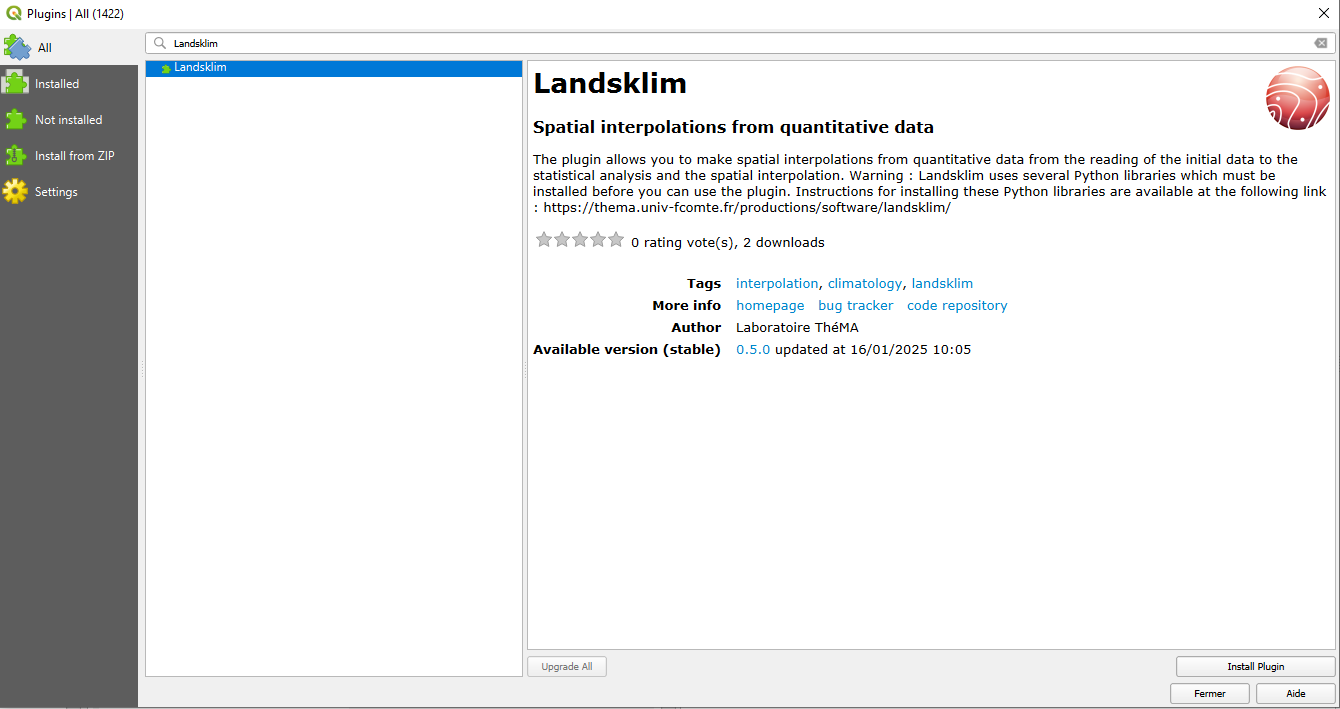
- With the .zip file
Simply import landsklim-*VERSION*.zip into QGIS via the QGIS Plugin Manager (Plugins >> Install and manage plugins ...)
Warning, you may need to uncheck/check the extension in the list of extensions to enable Landsklim.
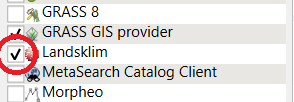
If Landsklim icons appear in QGIS toolbars, installation is done.
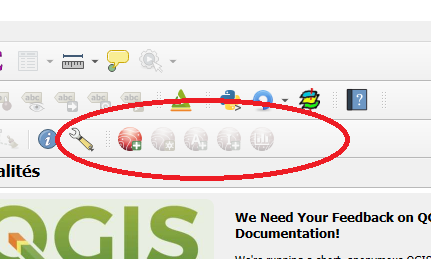



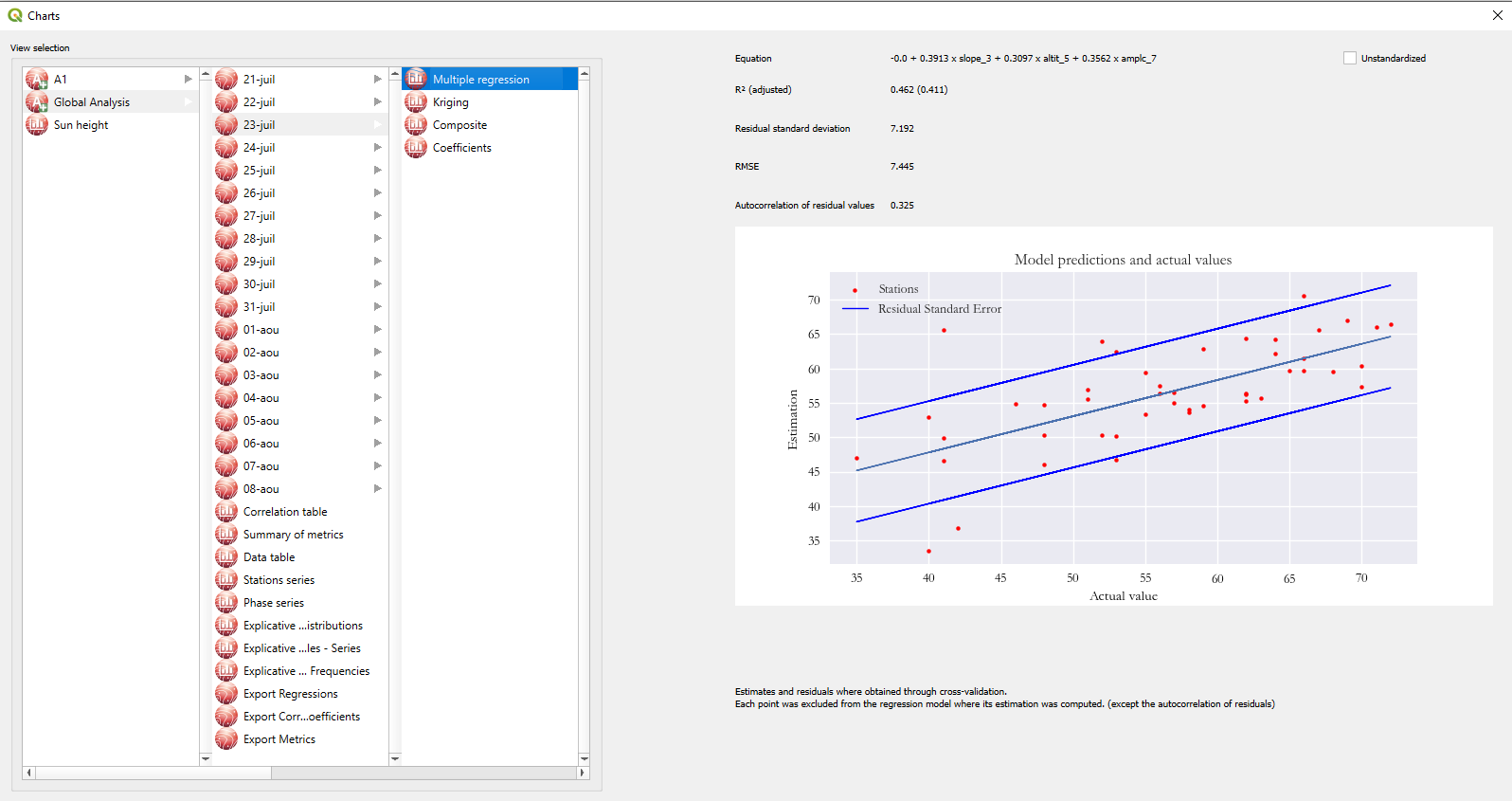
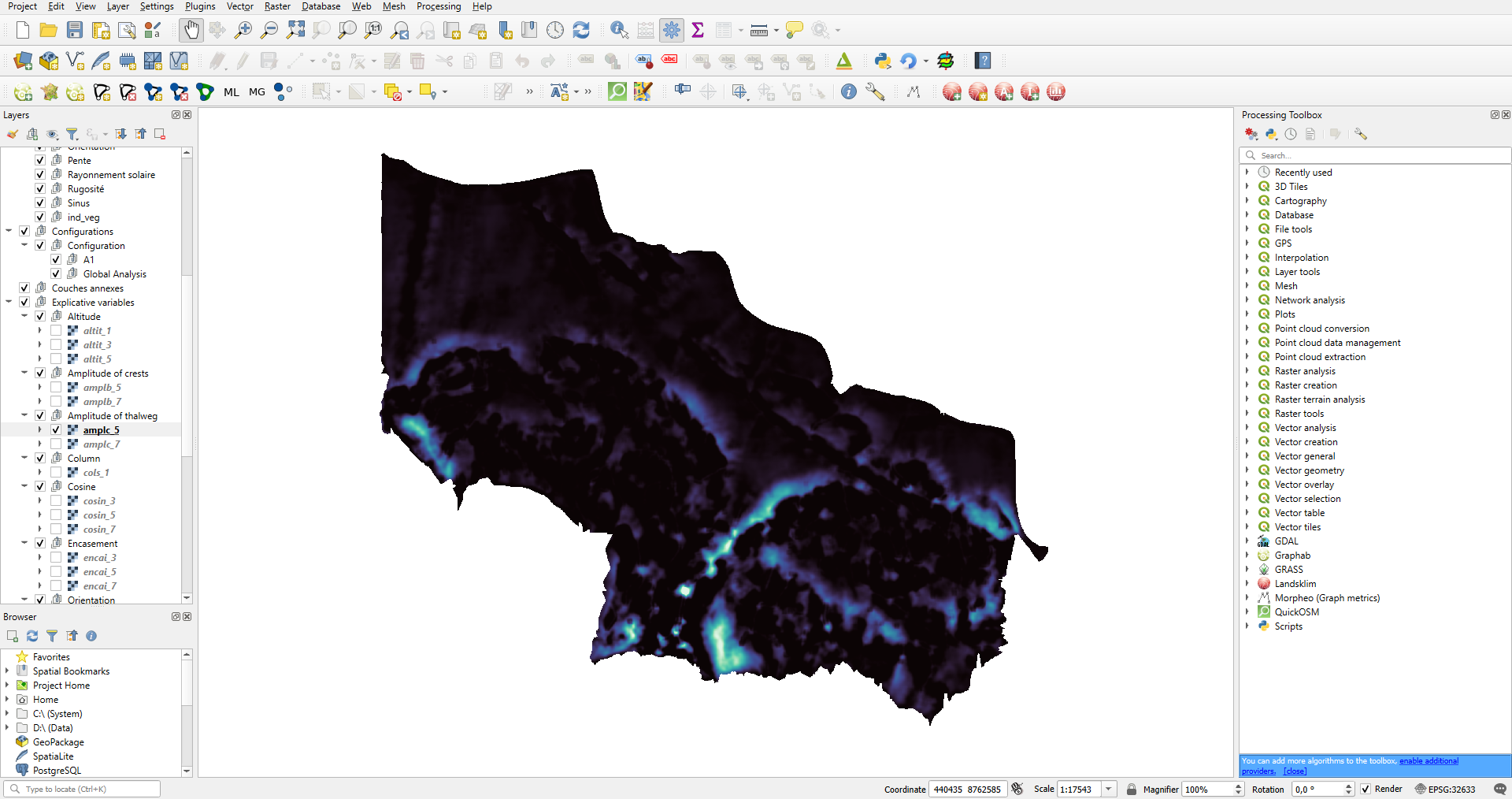
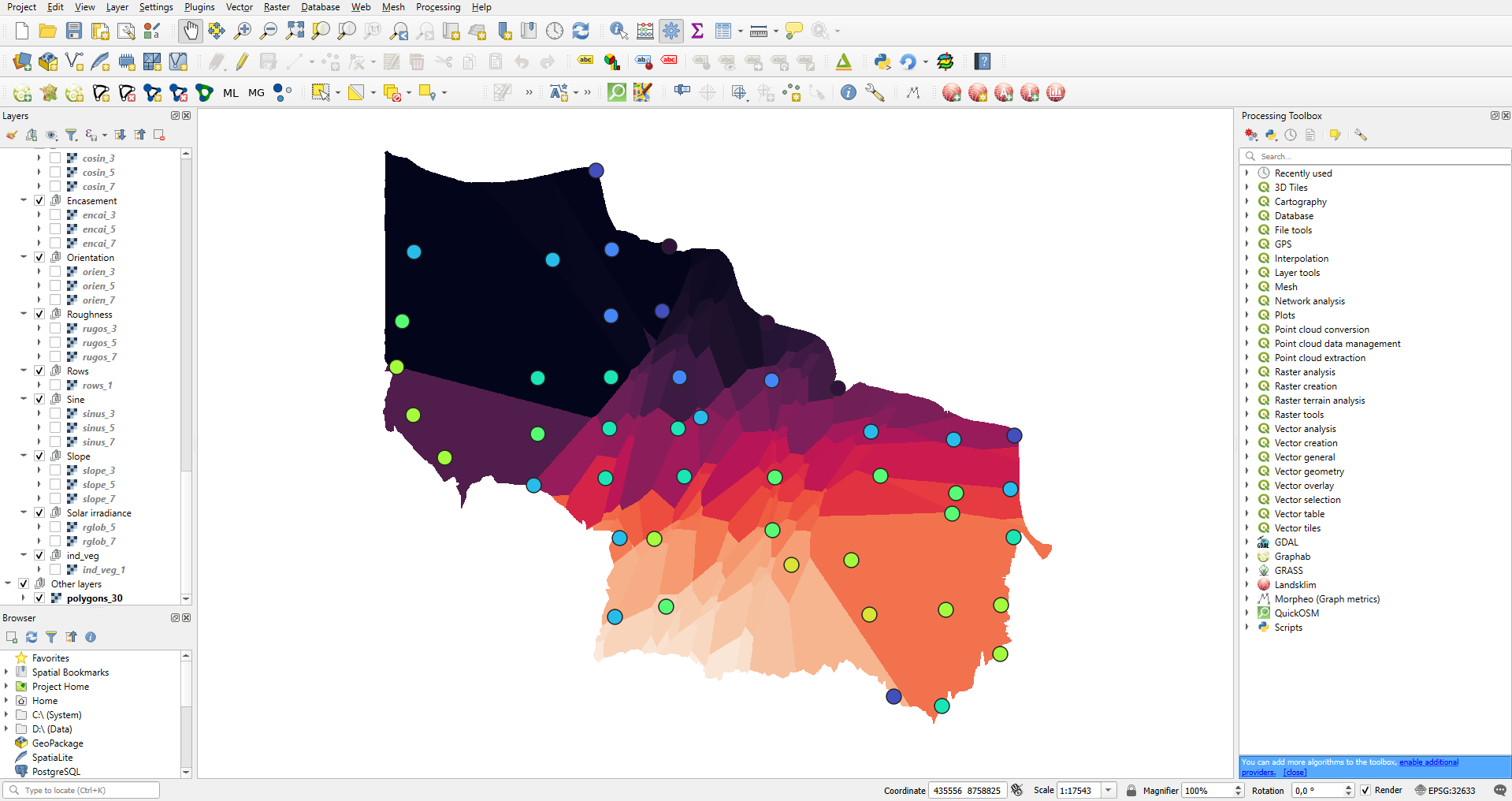
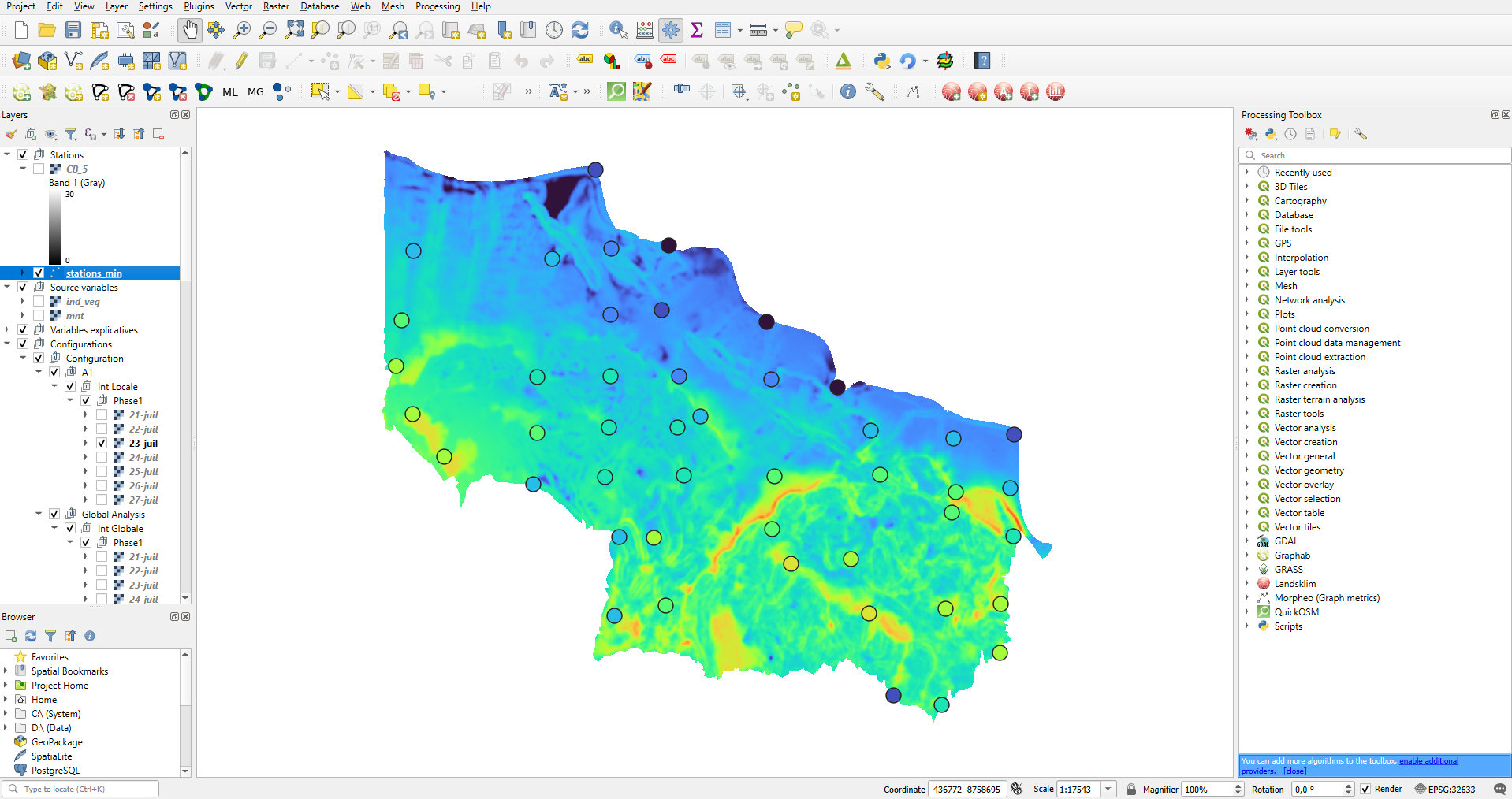

 . Type :
. Type :

